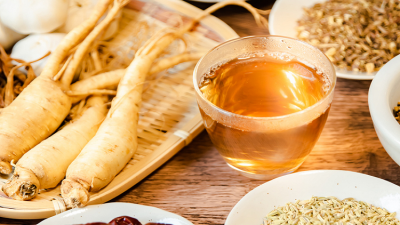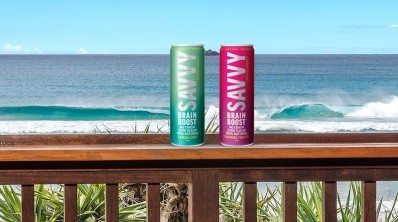Review: Specific ginseng compound may improve exercise endurance in healthy adults

The researchers highlighted the role of ginesenosides, and specifically ginsenoside Rg1.
However, the scientists who highlighted those results in the paper titled “Exploratory Systematic Review and Meta-Analysis of Panax Genus Plant Ingestion Evaluation in Exercise Endurance” said they could not verify the process which improves endurance.
“If it is proved effective in improving exercise performance, ginsengs would have an advantage in its distribution and consumption with safety over other minor ‘ergogenic aids’ plants, such as Siberian ginseng, ephedrine, and ginkgo. Although there are several clinical trials, almost none mention its composition.
“We believe this study will provide new perceptions on the effects of PGPs (Panax genus plants) and ginsenosides on exercise because there has been no systematic review on the clinical study of this topic,” said the researchers.
The researchers trawled seven databases and general web search engines for the review from 15 to 22 March 2021. Overall, five RCTs with 90 adult participants were analysed alongside control groups.
Rg1 is one of the major elements in the root or rhizome of P. ginseng and P. notoginseng.
The compound has been reported to allow its consumer to extend exercise time, besides creating anti-fatigue and anti-inflammatory effects.
The anti-inflammatory feature is important when improving exercise endurance as inflammation impedes energy generation from carbohydrates and lipids in the skeletal muscle.
Other ginsenosides have also been reported to accelerate energy metabolism, such as the ginsenoside Re, a panaxatriol ginsenoside. This compound binds itself to sex hormone receptors, such as androgen, estrogen and progesterone receptors.
Findings
Results of the review found that the ingestion of PGPs or ginsenosides will significantly improve exercise endurance in untrained, healthy adults with no history of medical issues.
Specifically, ginsenoside Rg1 (Rg1) and PGP extracts containing Rg1 were highly effective in improving exercise endurance after additional analysis.
For instance, Hou C.W. et al.’s paper featured three randomised controlled cross-over trials.
The salient point in their paper was the 12 male participants aged around 22 years old ingesting food that included 5mg of purified Rg1 obtained from P. notoginseng the night before and an hour before the exercise trial.
The exercise was conducted using a cycle ergometer and results showed that Rg1 ingestion significantly extended exercise time to exhaustion.
Another paper was done by the team of Michael T. C. L. et al, in which they reported findings of their randomised controlled parallel-group trial.
A total of 29 males and females, aged between 20 to 35 years old, ingested food with 1,350mg of P. notoginseng root extract before breakfast and dinner daily for 30 days. The comparison was placebo food.
Subjects also used a cycle ergometer, but a load was added every five minutes. After that, the ginsenoside components in the test foods were analysed and identified.
In this study, the P. notoginseng ingestion group had significantly extended exercise time to exhaustion.
Further data synthesis for systematic review was made to overcome the differences between food intake and duration studies, supplemented with more calculations.
The results still showed that the ingestion of PGPs is significantly effective in improving endurance during ergometer exercise.
The results of P. ginseng suggested a significant effect and were similar to the results of the total analysis, but P. notoginseng was not sufficiently significant. However, it was difficult to prove that P. notoginseng ingestion is ineffective.
In conclusion, ginsenoside compounds may improve exercise endurance, but further high-quality RCTs are required to test more ginseng compounds with exercise endurance.
Maruzen Pharmaceuticals of Hiroshima, Japan, funded this study.






















